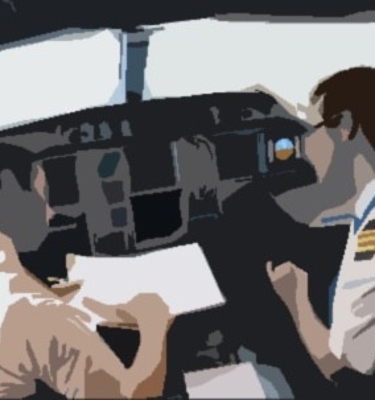Using STPA in the evaluation of fighter pilots training programs
ArticleThis paper presents how the application of the STPA method might support the evaluation of fighter pilots training programs and trigger procedural and technological changes. We applied the STPA method by considering the safety constraints documented in the Standard Operating Procedures (SOPs) of a South European Air Force and regard a flight of a two F-16 aircraft formation.
In this context, we derived the control actions and feedback mechanisms that are available to the leader pilot during an Aircraft Combat Maneuver (ACM) mission, and we developed the control flow diagram based on the aircraft manuals. We compared the results of each analysis step with the respective flight training program, which is based on a mixed skill and rule-based decision- making, and we examined the role of the feedback mechanisms during multiple safety constraints violations. The analysis showed that: the flight training program under study does not structurally include cases of infringement of multiple safety constraints; the maintenance of some safety constraints are not supported by alerts, or rely on only one human sense; the existing procedures do not refer to the prioritization of pilot actions in cases of violation of multiple safety constraints; operation manuals do not address the cases of possible human performance deterioration when simultaneous information from feedback mechanisms is received. The results demonstrated the benefits of the STPA method, the application of which uncovered various inadequacies in the flight training program studied, some of them related to the F-16 cockpit ergonomics. The analysis lead to recommendations in regard to the amendment of the corresponding fighter pilots training program, and the conduction of further research regarding the aircraft – pilot interaction when multiple safety constraints are violated. The approach presented in this paper can be also followed for the (re)evaluation of flight training schemes in military, civil and general aviation, as well by any human-machine interface intensive domain.
